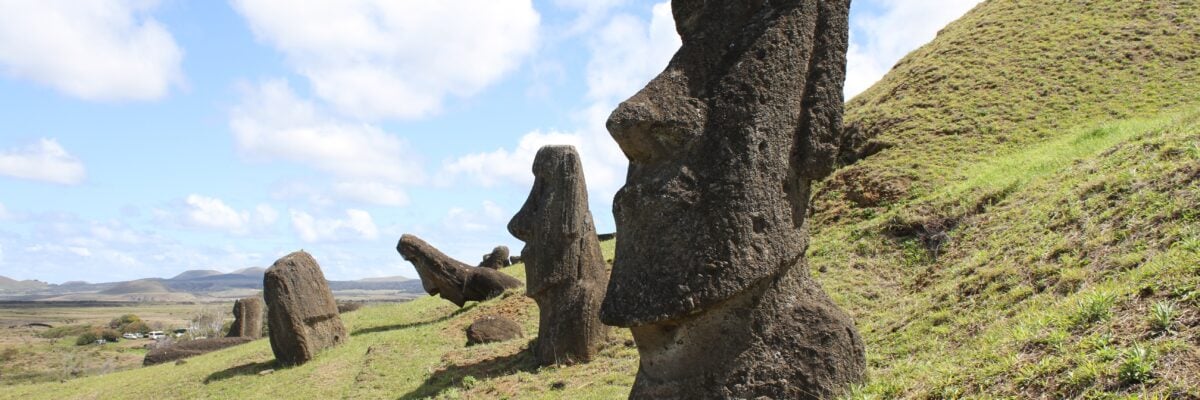Here’s a very cool interactive piece by the New York Times: Easter Island Is Eroding. The implications of the story are frightening, but kudos to the correspondent and photographer that put this story together. Manages to capture a piece of the magic of this place, which I can’t wait to visit again in 2020.
I also read an intriguing Letter in Nature: Parkin and PINK1 mitigate STING-induced inflammation, that my friend David Sabatini shared with me last week. The key takeaway is pretty clear: inflammation resulting from either exhaustive exercise or mitochondrial DNA (mtDNA) mutation is completely rescued by concurrent loss of STING, a central regulator of the type I interferon response to cytosolic DNA. STING blocks the sensing of mitochondrial DNA, so this suggests that damage to the mitochondria leaks mtDNA into the cytoplasm, where it kicks off an immune response. This could be a very important explanation to a phenomenon well observed…as we age our muscles are more and more riddled with inflammation.
Question 1 is why does this happen? (this might provide an answer)
Question 2 is what can be done to reduce it? (I have some ideas, but that’s for another day)
Lastly, we’re releasing our 3rd AMA tomorrow. Covered a lot of ground in this one. This also marks the first time we did a video of the podcast, so please check out both formats and let us know if the juice is worth the squeeze in terms of video production.
– Peter




